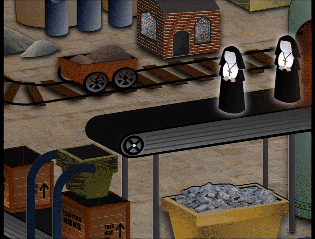The prospect of using sound as a weapon is something that has been considered feasible for many years.
In fact, acoustic warfare is very real and can be seen regularly in nature. For instance dolphins stun their prey with powerful ultrasonic pulses. Similarly, the deadly tartan bagpipe crab emits a loud, discordant wailing noise to paralyse passing tuna. And the South American Ringo monkey is able to confuse predators by playing the drums noisily and irritatingly.
The destructive power of sound
There are also examples from human history that suggest an ability to harness the destructive power of sound. It is claimed that Alexander the Great had a mighty bell constructed which could reduce the sturdiest of fortifications to rubble. According to legend, Alexander's enemies lived in mortal fear of his mighty clanger.
Another tale claims that, when roused, Hannibal - that's the chap with the elephants - could bellow so loudly that he struck ice cold terror into the hearts of men and ruptured the eardrums of dogs and young children.
There is even a legend, described by Plato, of an ancient king of Ethiopia who demonstrated a most remarkable talent. In times of crisis 'his digestion being troubled, he would vent his displeasure by producing a fearsome thunderclap from the very depths of his being, and a terrible wind would spring forth.'
The people's tuba
Though such tales may be fanciful, various attempts develop an acoustic weapon have been reliably documented. During the Second World War, the Nazis put a great deal of effort into such research and eventually came up with the Mark IV Volkstuba - the people's tuba. The instrument was so big that it had to be carried on the back of a flatbed truck, but it was remarkably effective at producing low, infrasonic frequencies, capable of destroying enemy troops and equipment by literally shaking them to pieces.
Fortunately, it was never employed in combat, as it proved equally effective at destroying its operator, the truck on which it was mounted and, eventually, itself.
At the same time, allied forces were developing a sonic weapon of their own. The Whitfield and Stanley Combat Whistle was small enough to be carried as part of a soldier's standard kit, and could be deployed at a moment's notice. When used, it would emit a shrill, piercing shriek. This wasn't powerful enough to cause any actual physical damage but it was, nevertheless, bloody annoying.
Sonic weaponry
Subsequent research into sonic weaponry has been shrouded in much secrecy, but there are rumours that significant advances have been made in certain quarters. It is claimed by conspiracy buffs that, during the seventies, the American military pioneered a method of brainwashing using high frequency sound waves.
Meanwhile, documents reveal that the Russians successfully experimented with a hand-held infrasonic device that could destroy enemy vehicles. And more recently, British scientists have developed 'Gary Halliwell' - a devastatingly efficient, cross-dressing long-range tribute act, who causes feelings of panic and nausea amongst enemy troops.
However, the most exciting research has been taking place in Australia. Back in the fifties, technicians at the top secret Kiri Te Kanawa Research Station on the outskirts of Brisbane were interested in the ability of certain talented opera singers to produce frequencies capable of shattering glass. They saw the potential for a new kind a weapon and so, under the guidance of project leader Professor Dave O'Farrel - Skippy to his friends - they started to look at ways of concentrating these sound waves.
Papier-mâché, string and aluminium foil
Lack of funding proved to be their biggest obstacle, but with the invaluable assistance of children from the local primary school, they eventually managed to put together a device made from papier-mâché, string and aluminium foil. When operated by a trained singer this device was able to direct a beam of pure sound energy at the test subject.
Professor Skippy found that different results could be obtained by using different singers. Generally speaking, a falsetto would produce headaches and nausea, whilst a tenor would induce stomach cramps and uncontrolled defecation.
The project was successful enough to attract increased funding for Professor Skippy and his team. They set about constructing a much more powerful version of the device; one that could be used in all conditions, and didn't go all limp and soggy when it rained. After months of detailed experiments and careful study, they eventually came up with Sydney Opera House.
Powerful sonic collector
As far as most people are concerned, Sydney Opera House is a perfectly normal - if somewhat striking - building. Not so, there's more to the Opera House than meets the eye. It is, in fact, an incredibly powerful sonic collector, capable of concentrating sound into a devastatingly destructive beam of pure energy. Its position on Sydney Harbour is no accident, as it was placed there deliberately to protect the city from attack from the sea. With a full choir on stage, it can produce a wall of sound so powerful that any enemy ships would be shaken to their rivets.
Despite the work that had gone into its preparation, no one was really sure just how powerful it would be. On its first test run, the Opera House surprised everyone by melting all the lampposts in the western half of the city. Professor Skippy and his team were delighted, but the work was only just beginning.
Lack of mobility
Whilst Sydney Opera House would prove most effective as a deterrent, its lack of mobility made it totally unsuitable for use as an offensive weapon. Such a huge, unwieldy building lumbering across the battlefield would be a sitting target, and its distinctive profile could be spotted many miles away, losing the all-important element of surprise.
Professor Skippy's next task, therefore, was to make a smaller version of the Opera House, capable of rapid deployment. Though he worked on the project incessantly, the secrets of miniaturising his creation were to elude him, for just as it seemed that he was on the verge of a breakthrough, a cruel accident took him away. During an experimental dress rehearsal in 1976, an unstable soprano exploded. Professor Skippy was killed instantly.
Untimely death
Perhaps the most tragic consequence of Professor Skippy's untimely death was the fact that his work died with him. The Australian government ruled that sonic research was too dangerous and cancelled the project for good.
But Professor Skippy isn't completely forgotten. Every year, on the anniversary of his death, Sydney Opera House plays host to a special tribute concert - which damages the foundations of nearby buildings and rattles everybody's teeth within a five-mile radius.

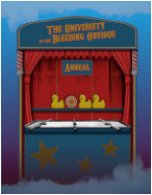

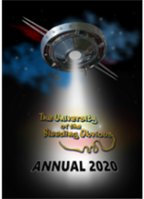
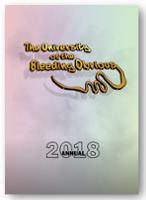
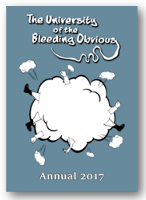

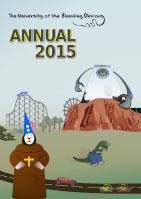

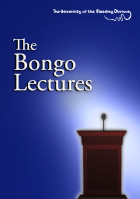
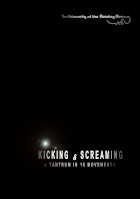
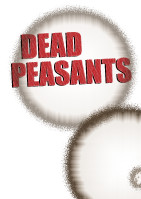
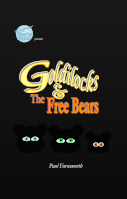
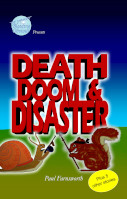
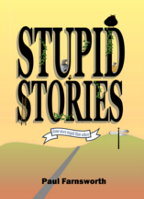





 Christopher Columbus Discoveries Inc
Christopher Columbus Discoveries Inc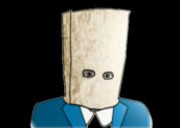 Nasal Hair Loss
Nasal Hair Loss The Licepummeller
The Licepummeller Toaster Suicide
Toaster Suicide Sci-Fi
Sci-Fi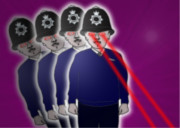 Special Powers
Special Powers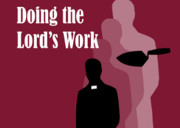 Vicars on the Job
Vicars on the Job Important Announcement About Fish
Important Announcement About Fish Kicking Up a New Stink
Kicking Up a New Stink Trouser Forecast
Trouser Forecast